
Fortune News | Jul 29,2023
Mar 30 , 2019.
There was a demonstration - of sorts - held in the city of Bahir Dar, the seat of the Amhara Regional State, on March 24, 2018, carried out as a “protest” of a planned townhall meeting by leaders of Ginbot 7, an opposition party that was recently brought back into the political fold after abandoning its insurgency from its base in Eritrea.
Those protesting - indeed intimidating - the organizers and would-be participants of the meeting were against the party holding a meeting in the city, which sounds unreasonable given that citizens of any democratic state have to be able to tolerate even those with views they find hard to swallow themselves. While some of those lined up on the front lines of the protest march were visibly armed and appeared lethal, the issue transcended the right of protest and demonstration.
There were of course placards carried during the demonstration that may have proved offensive to the organizers and their supporters. Indeed, these were unproductive to a nation in great need of public discourse free of extremism.
However, a multiparty democracy has to tolerate such conduct for it is a system which, if given time, favours the centre.
What any sort of democratic dispensation should not tolerate though is the use of coersive force by various groups and their supporters on the battlefield of ideas. Bringing deadly weapons to a demonstration does not stand for reason and is not the sort of conduct justifiable by any of the principles of pluralism. The Bahir Dar demonstration was only a recent example of what could be nothing less than a perversion of the democratic process.
Many of these violent demonstrations taking place across the country, often spontaneously, with no recognisable body that takes responsibility for organising them, feature wooden clubs and even machetes. It is not uncommon for them to climax with the destruction of public property and lives.
These are far cries from what marches, sit-ins and rallies are supposed to be. In their proper form, they can be used to bring attention to matters that have not received enough attention from agents of the state or show support for the rights of common citizens.
Around the world, they have been used for activism. It was civil resistance that won India its independence in the 1940s, African-Americans their social justice in the 1960s and the revolutions of the 1980s that resulted in the end of Soviet rule in Eastern and Central Europe.
What is currently taking place in Ethiopia is the opposite of these, and indeed of the protests, largely peaceful, which led to a change of leadership within the EPRDF last year. They have a different character and feel.
What followed appears to have changed its form. Demonstrations have become platforms for showing force rather than an actual call for political change. They are more akin to a military government’s conduct in forcing citizens to turn out in mass on specific dates of the year, hoping to flex their muscles and intimidating its political opponents.
Such rallies, like many of the demonstrations being held today, are carried out to show force, to drive a political point home that one group is powerful and thus should be reckoned with. They are meant to intimidate rather than publicise a political issue.
Indeed, political activism can take many forms and be used in support or in protest of a national issue that could be interpreted as counterproductive. Strikes, boycotts and sit-ins may cause economic disruptions; and some issues at the centre of demonstrations can be exceptionally offensive to groups that are being opposed. All of these are part of the package of a multiparty democracy that the state needs to tolerate in the name of recognising citizens’ freedoms of association, expression and organisation.
But when these demonstrations deploy objects designed to inflict harm, they fall outside the bounds of all sorts of democratic dispensations. Citizens have the freedom only in as far as they do not place others in harm’s way. This is to say nothing of the adverse effects of such types of demonstrations on the democratisation process. This includes even those that may be conducted in a manner that does not contravene the bounds of the law. There could be little gained from demonstrations meant to intimidate others despite their peaceful conclusion.
Activism is crucial to democracies, and public protests are a major feature of these. But when these become corrupted into opportunities to bully and show the willingness to perpetuate violence, what follows is an escalation by every opposing group. It becomes a politics of mobs rather than of ideas.
Fueled by the general sense of confusion in the country, lawlessness and an undeveloped democratic culture, such demonstrations provide the impetus for polarisation. Without the backing of a justifiable cause, they become mere opportunities for the exercise of strongman politics, a far cry from consensus building, an element crucial for institutionalising power.
The source of the problem for political activism in contemporary Ethiopia is the stifling of opposition in the past. Such activism has been inherited from a long-held, and on occasions true, view that political change can only be realised through intimidation. It is the fruit of the absence of orderly and legitimate transfers of power on the national psyche. A zero-sum game.
There is neither the patience nor the trust in local officials to apply and wait for permits to hold demonstrations, a matter that can be addressed by bringing clarity to the list of requirements that need to be fulfilled for holding public demonstrations and making the process smooth. Transparency, specifically concerning why requests for demonstrations have been rejected, is crucial.
It is important that there is an organising body ready to take responsibility for demonstrations and checks to ensure that displays of weapons other than those held by law enforcement are not allowed. Such precautions need to be backed by the courage of local authorities’ conviction to ensure that offenders are brought before the law, no matter the political consequences this may bring.
This is not only crucial to making demonstrations safe. It is indispensable to realising activism that plays a constructive role in the democratic purpose, in bringing about socio-political progress, and not in merely being used as an opportunity for various groups to show force and to intimidate.
PUBLISHED ON
Mar 30,2019 [ VOL
19 , NO
987]

Fortune News | Jul 29,2023
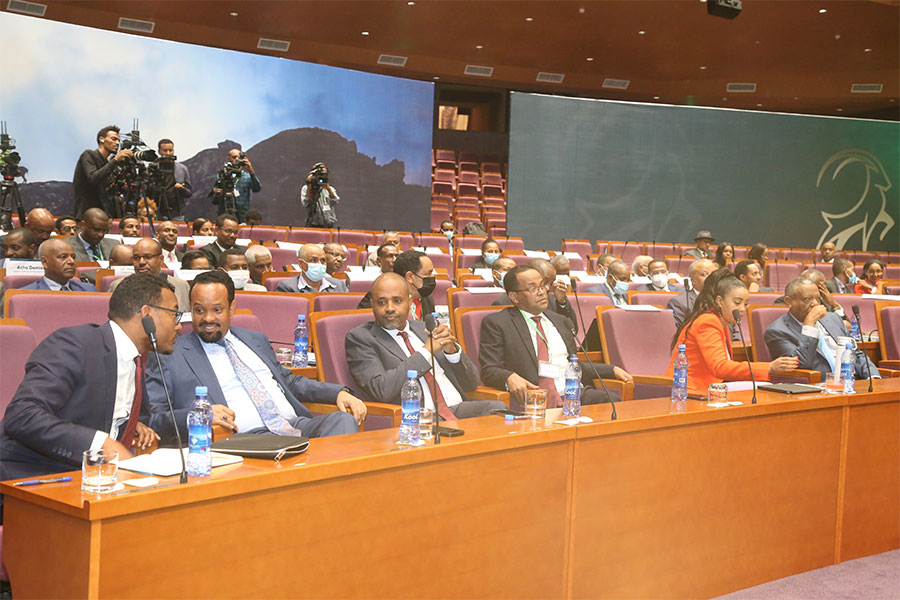
Fortune News | Jun 25,2022
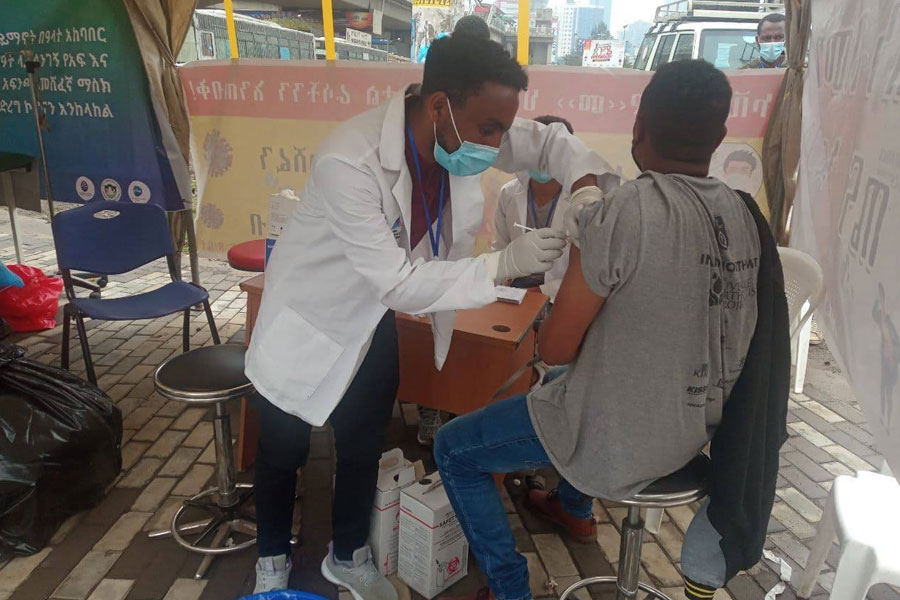
Featured | Nov 13,2021
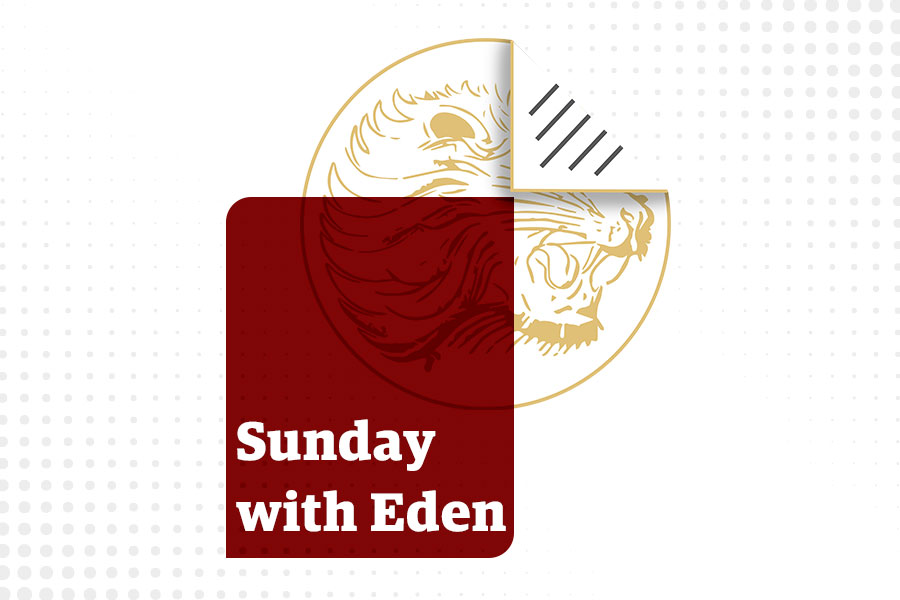
Sunday with Eden | Jul 17,2022
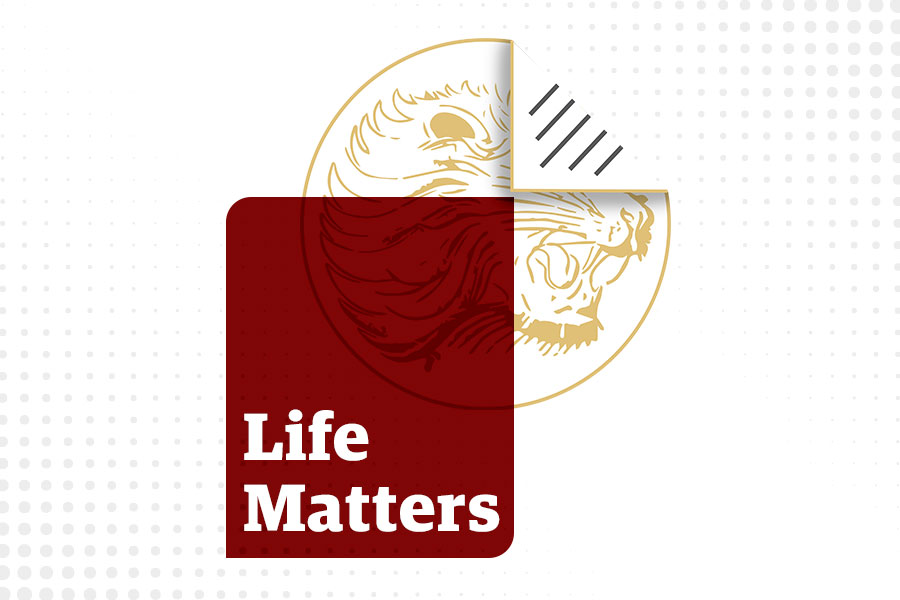
Life Matters | Nov 16,2024

Commentaries | Sep 07,2019

Viewpoints | May 03,2024

Sunday with Eden | Oct 05,2024

Fortune News | Sep 03,2022

Radar | Jun 01,2019

Photo Gallery | 175338 Views | May 06,2019

Photo Gallery | 165563 Views | Apr 26,2019

Photo Gallery | 155889 Views | Oct 06,2021

My Opinion | 136808 Views | Aug 14,2021

Dec 22 , 2024 . By TIZITA SHEWAFERAW
Charged with transforming colossal state-owned enterprises into modern and competitiv...

Aug 18 , 2024 . By AKSAH ITALO
Although predictable Yonas Zerihun's job in the ride-hailing service is not immune to...

Jul 28 , 2024 . By TIZITA SHEWAFERAW
Unhabitual, perhaps too many, Samuel Gebreyohannes, 38, used to occasionally enjoy a couple of beers at breakfast. However, he recently swit...

Jul 13 , 2024 . By AKSAH ITALO
Investors who rely on tractors, trucks, and field vehicles for commuting, transporting commodities, and f...
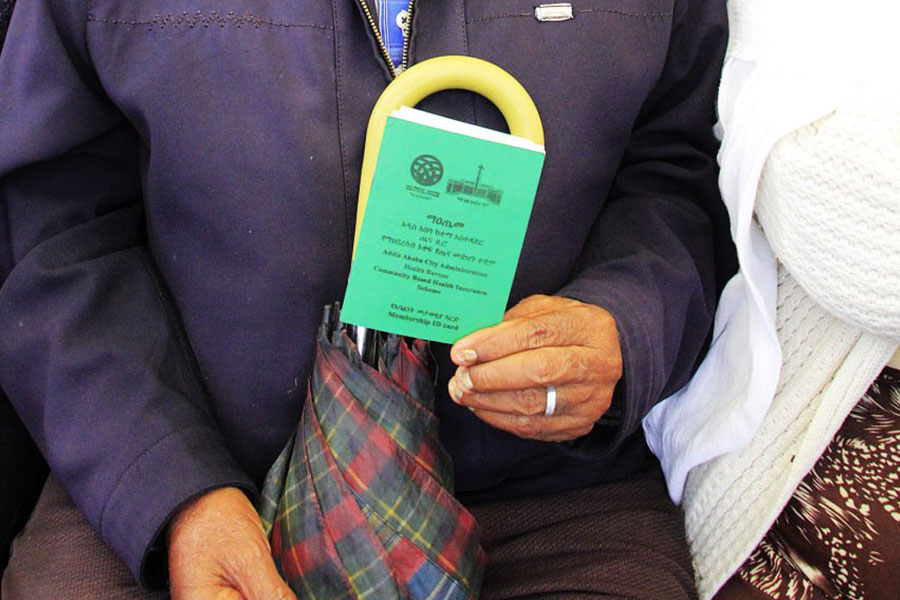
Oct 18 , 2025 . By NAHOM AYELE
In a sweeping reform that upends nearly a decade of uniform health insurance contribu...

Oct 18 , 2025 . By BEZAWIT HULUAGER
A bill that could transform the nutritional state sits in a limbo, even as the countr...
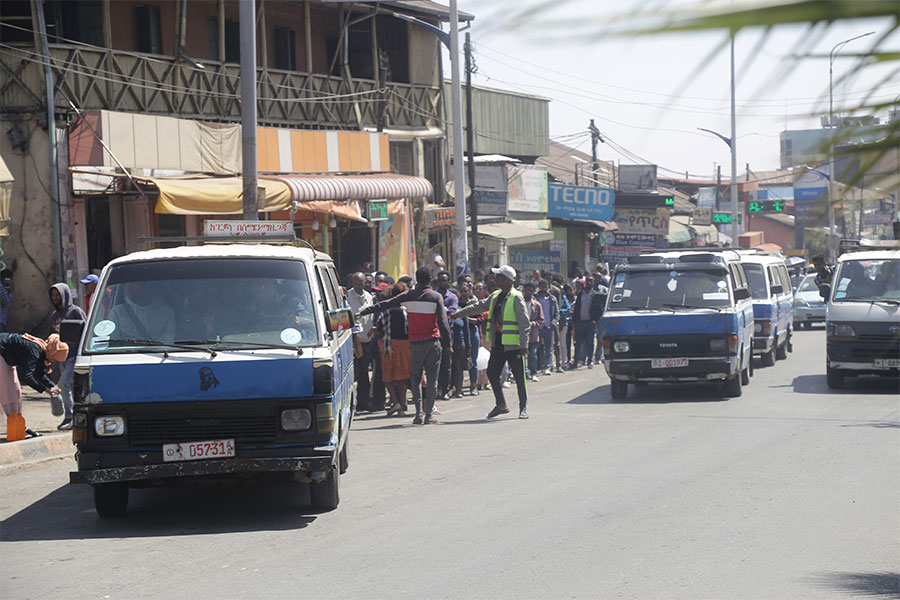
Oct 18 , 2025 . By SURAFEL MULUGETA
A long-planned directive to curb carbon emissions from fossil-fuel-powered vehicles h...

Oct 18 , 2025 . By BEZAWIT HULUAGER
Transaction advisors working with companies that hold over a quarter of a billion Bir...